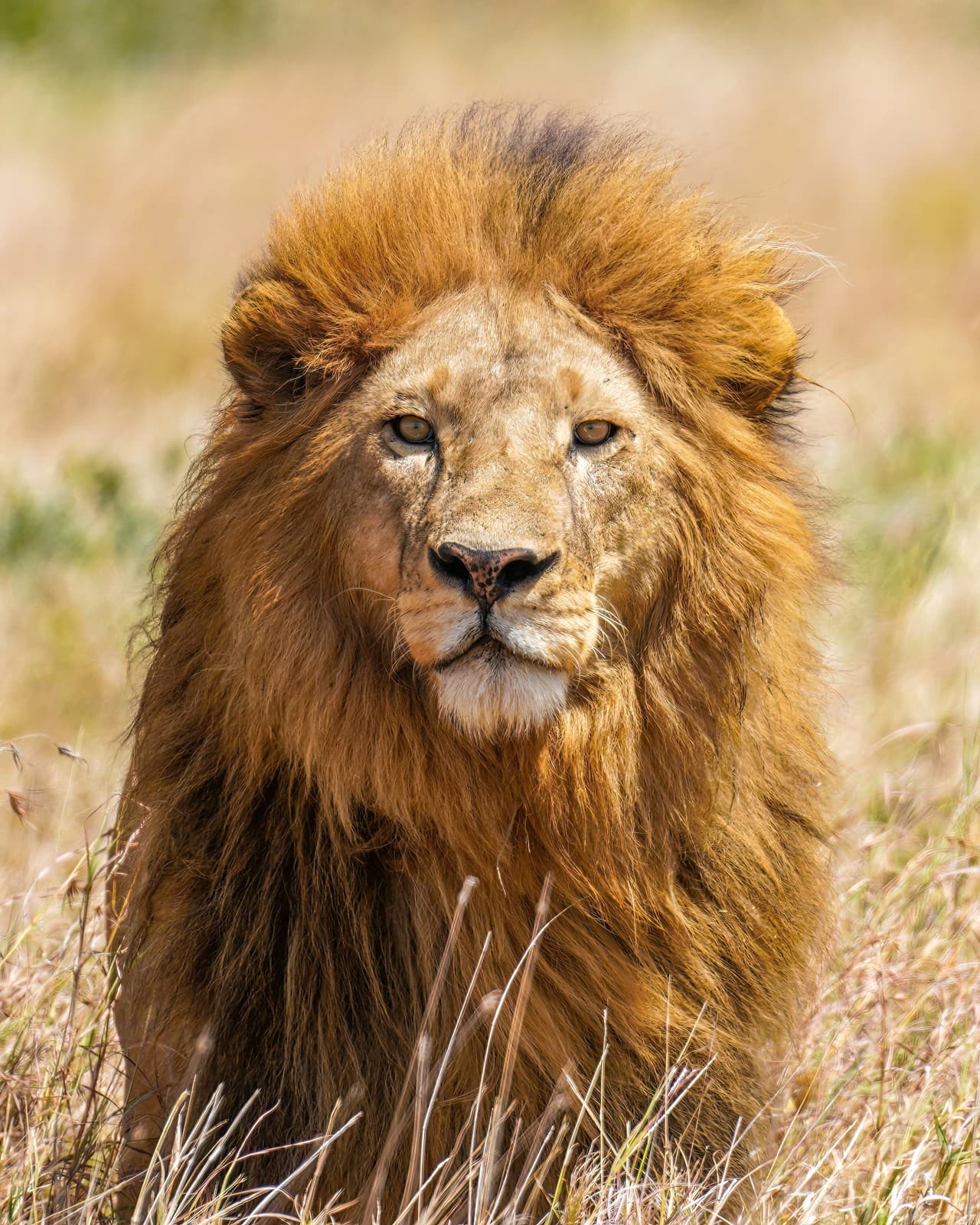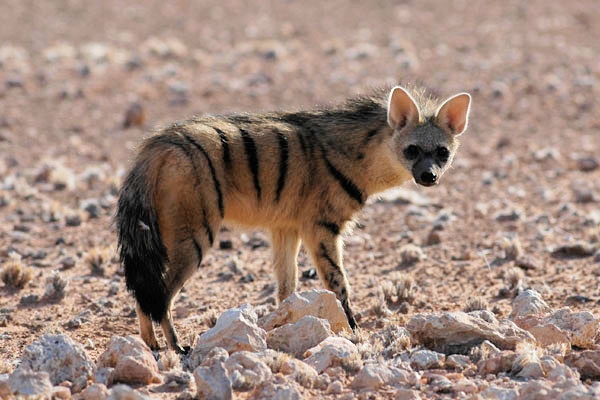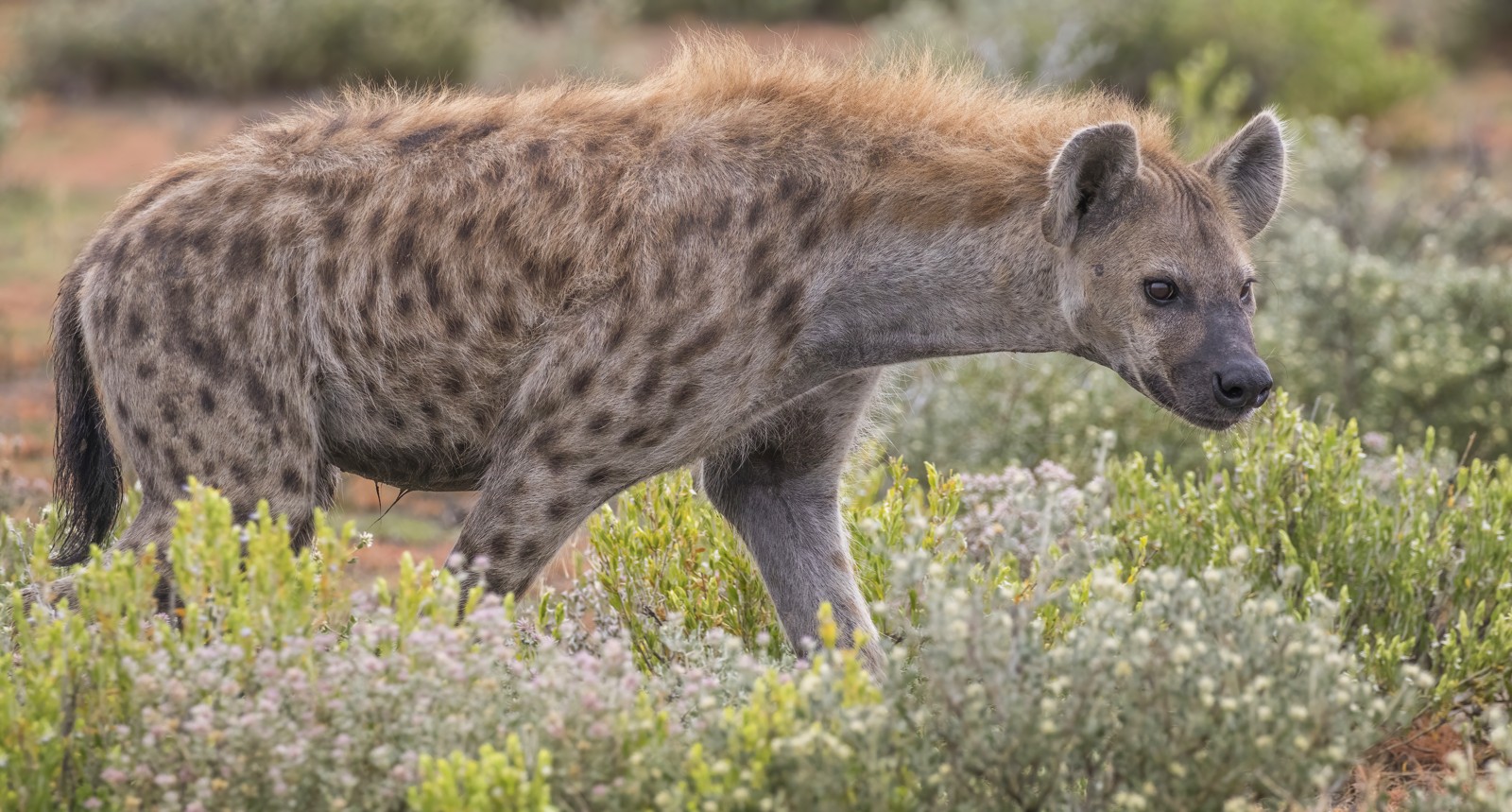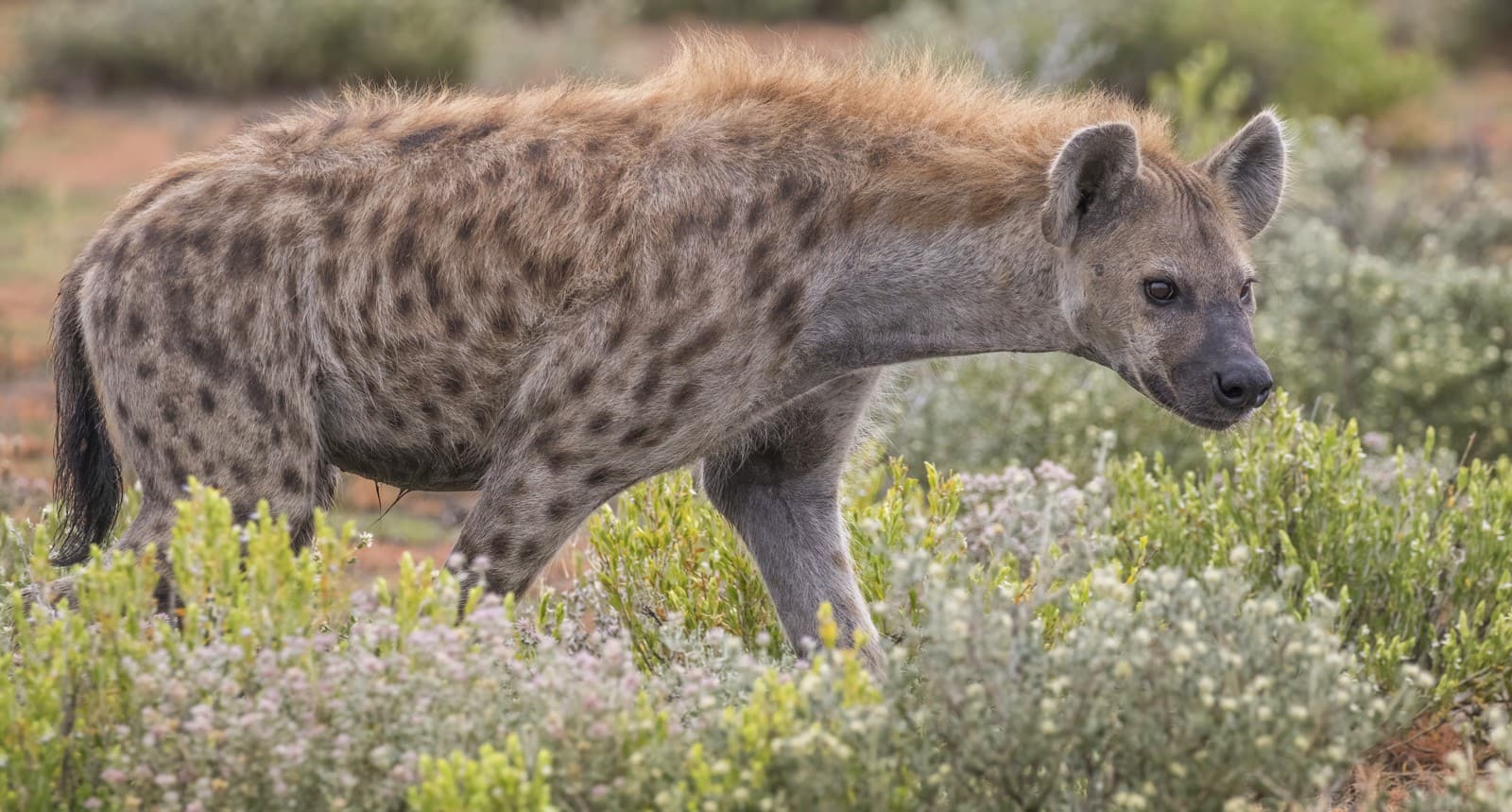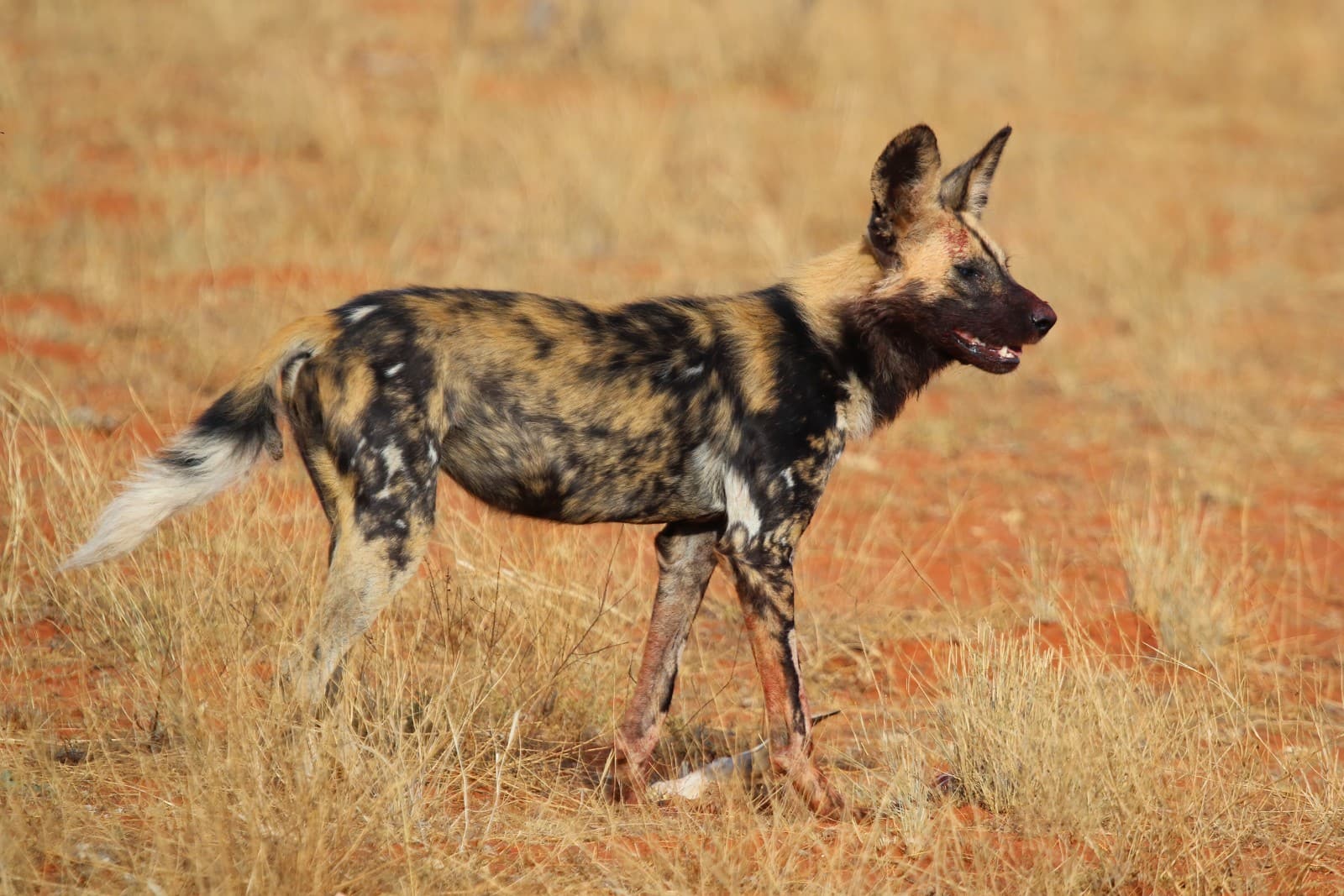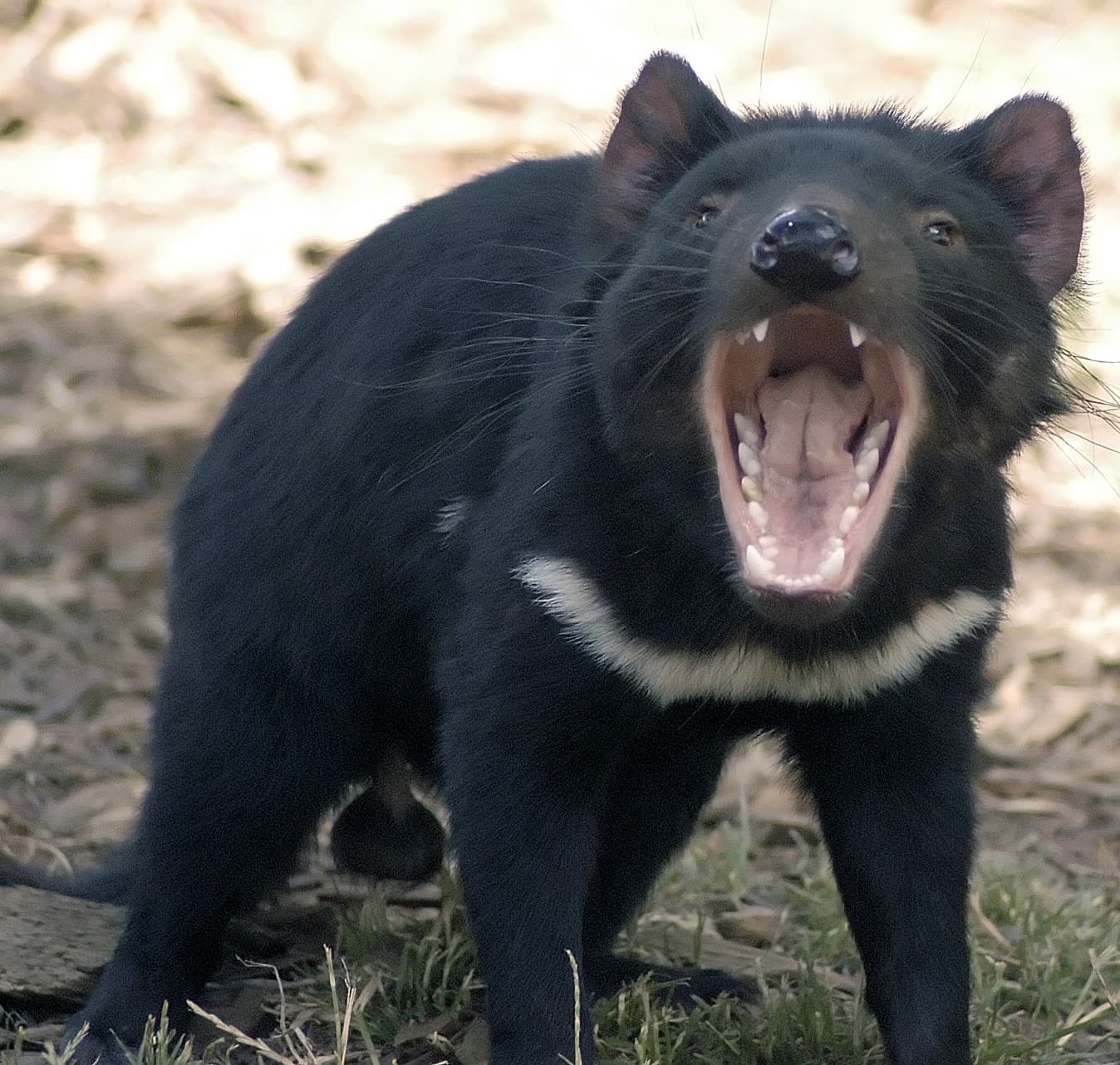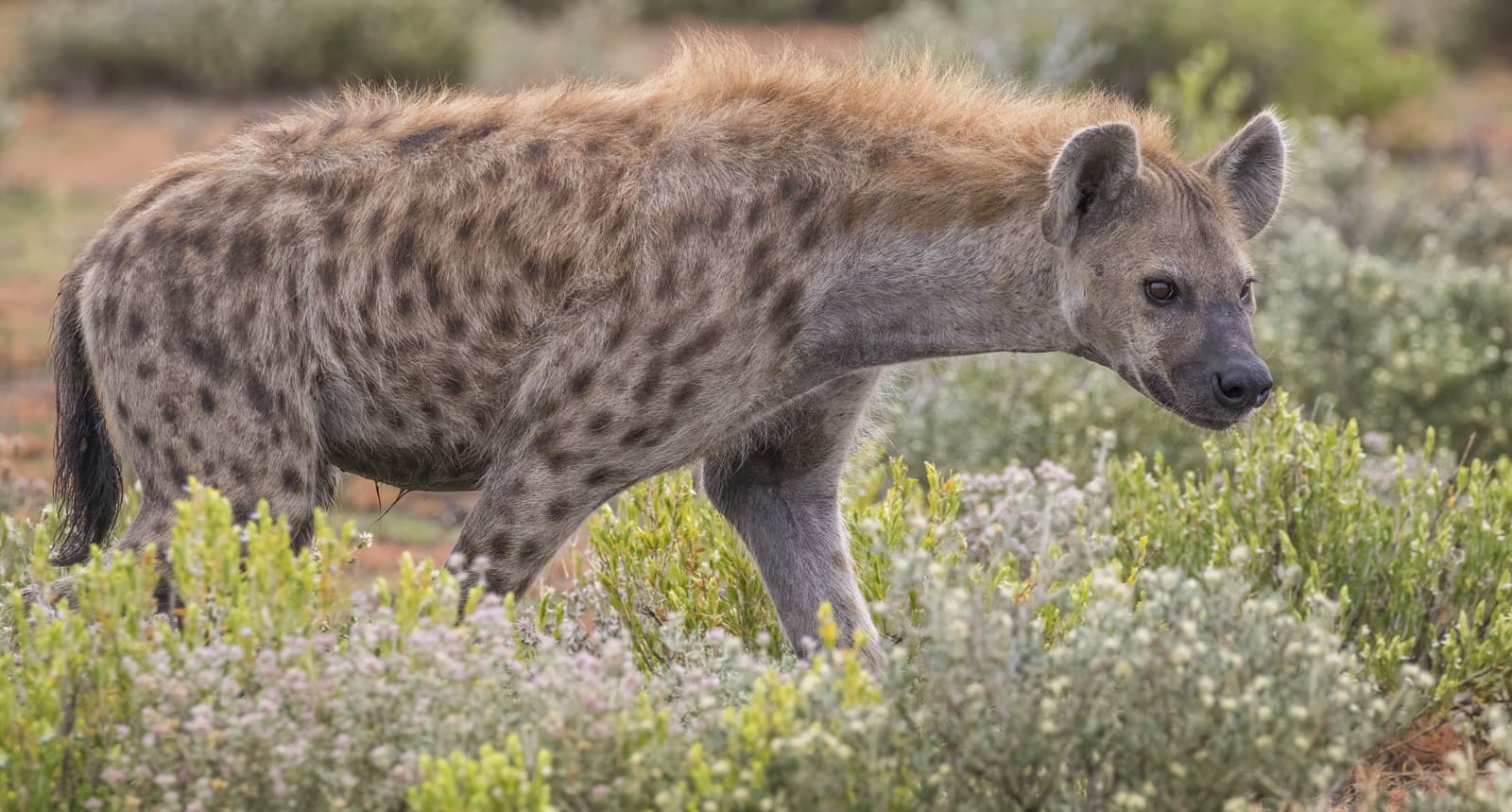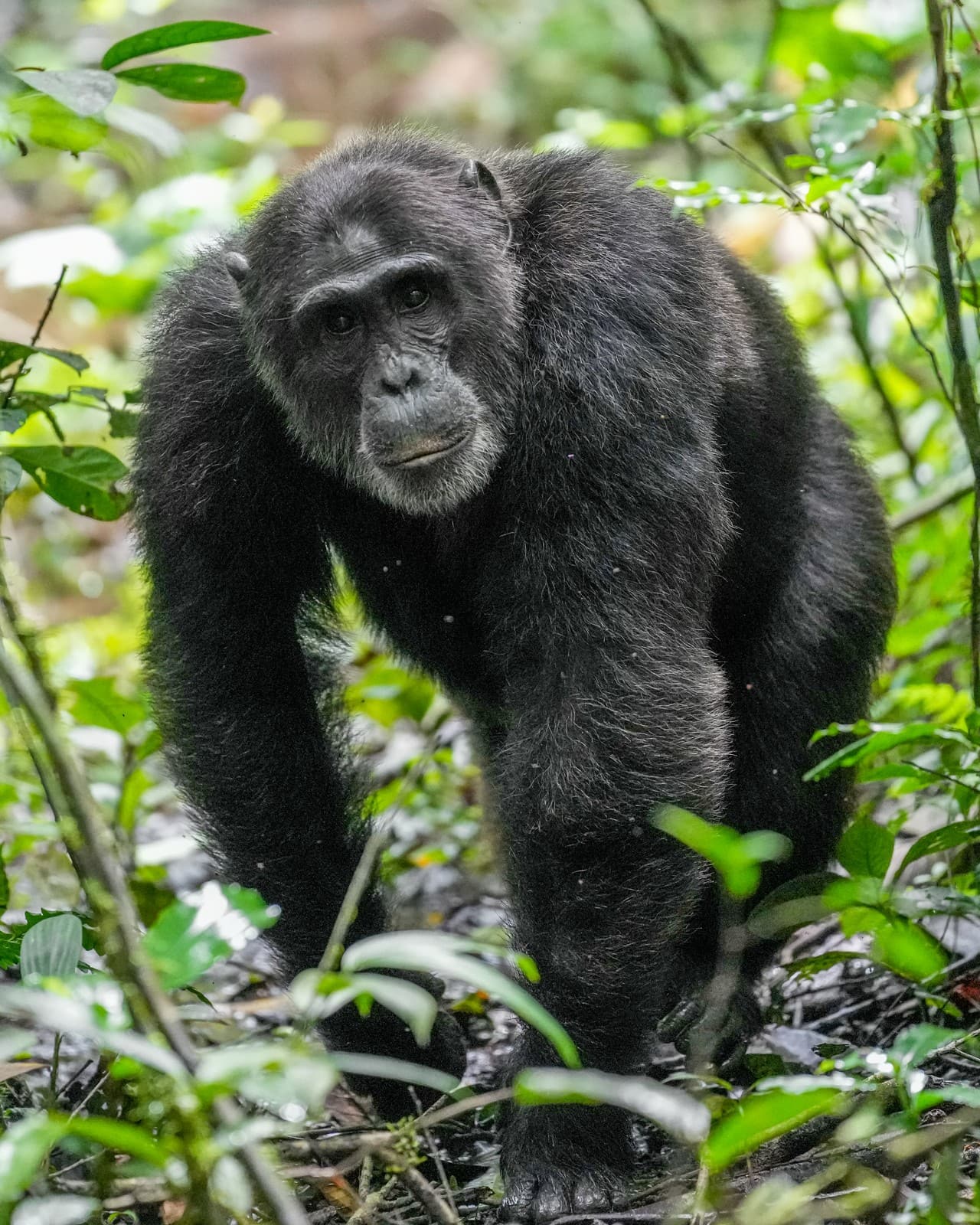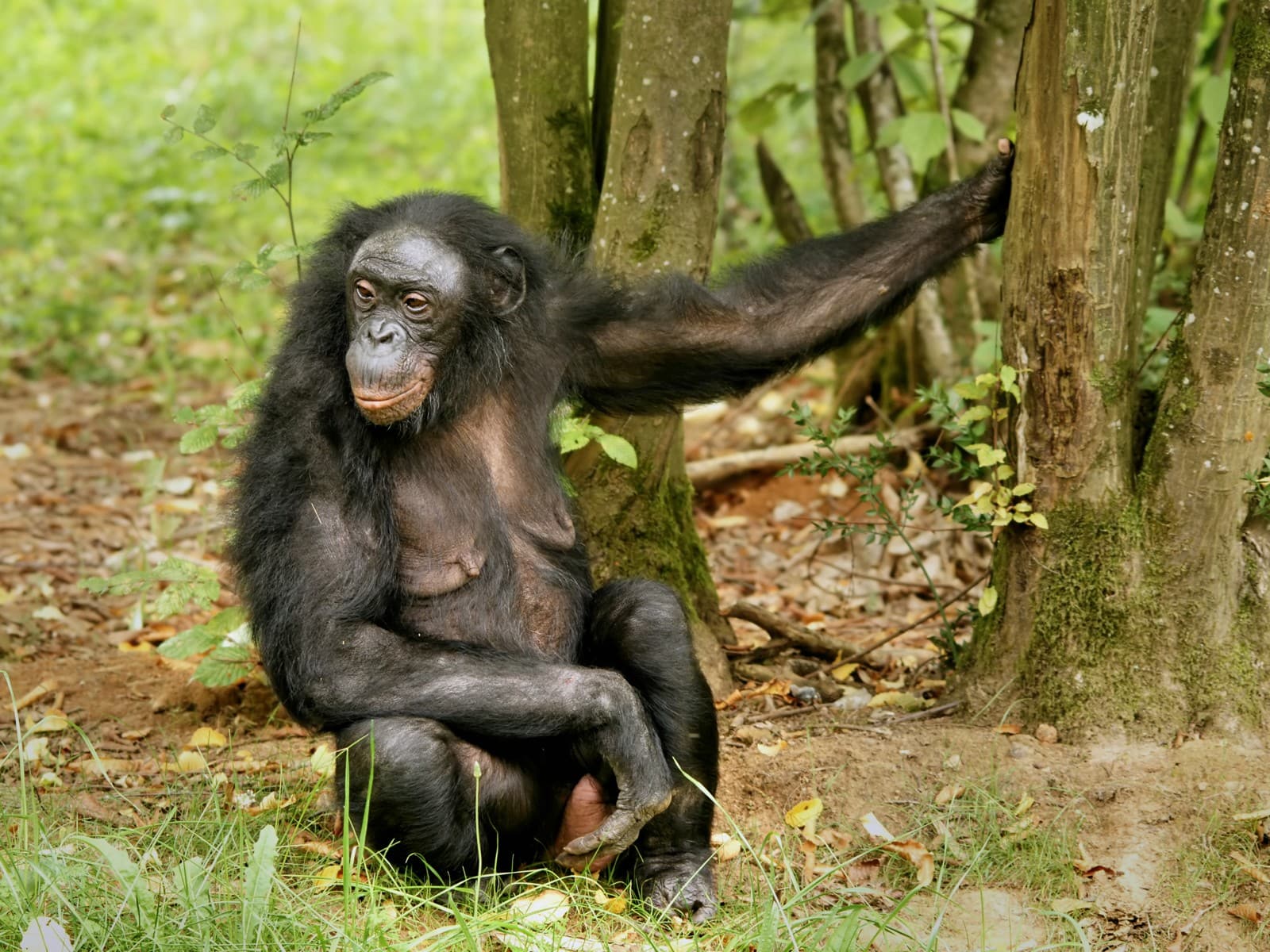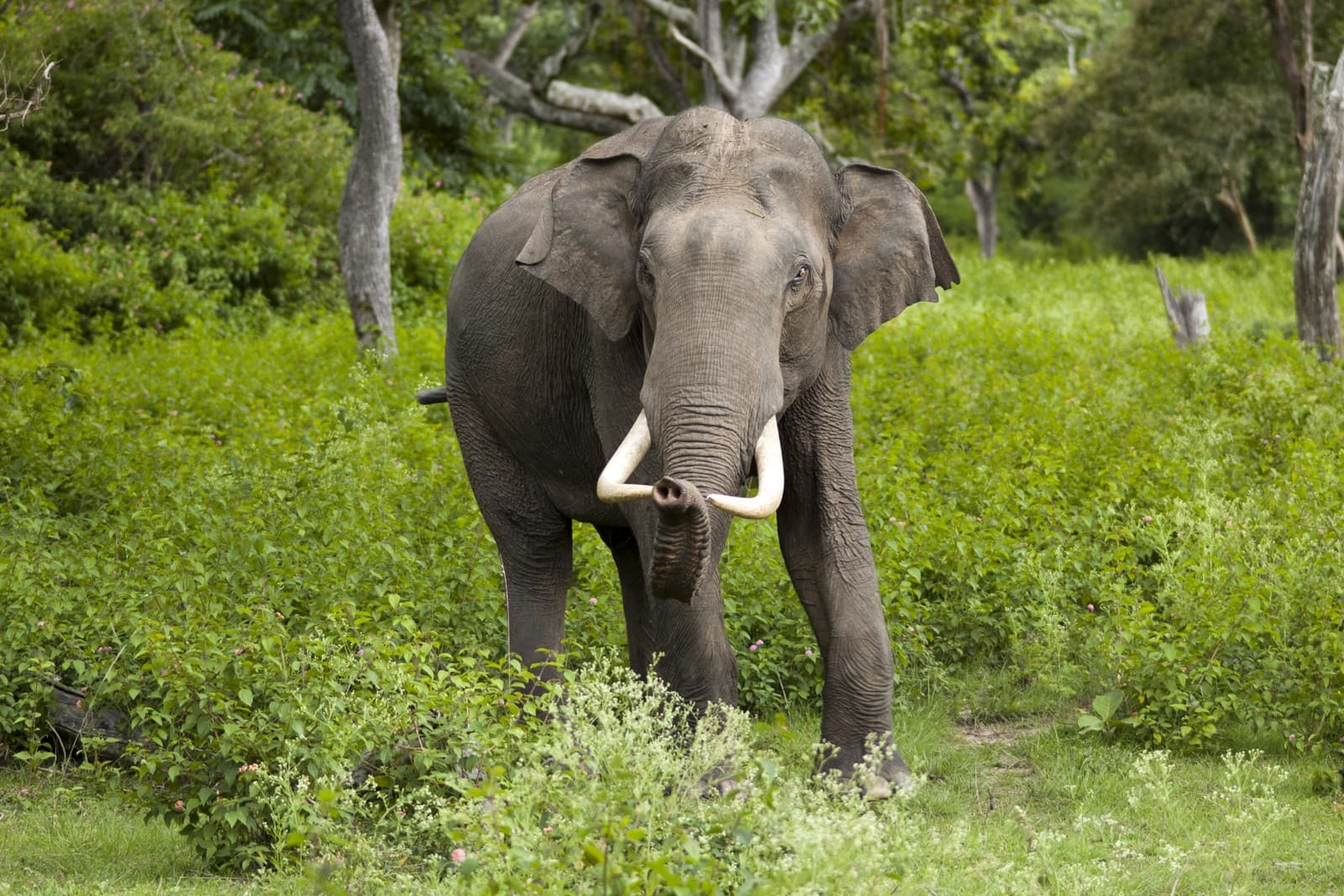Lion vs Hyena: A Complete Comparison
In the sun-scorched savannas of Africa, two apex predators reign supreme: the mighty lion and the formidable spotted hyena. While lions command respect through sheer strength and imposing presence, weighing up to 550 pounds (250 kg), hyenas prove equally impressive with bone-crushing bite forces exceeding 1,100 psi – stronger than either lions or tigers.
The lion-hyena rivalry represents one of nature’s most intense predator competitions, with both species frequently clashing over territory and prey. Despite popular misconceptions, hyenas aren’t mere scavengers but skilled hunters with success rates of up to 95% - often surpassing lions’ hunting efficiency.
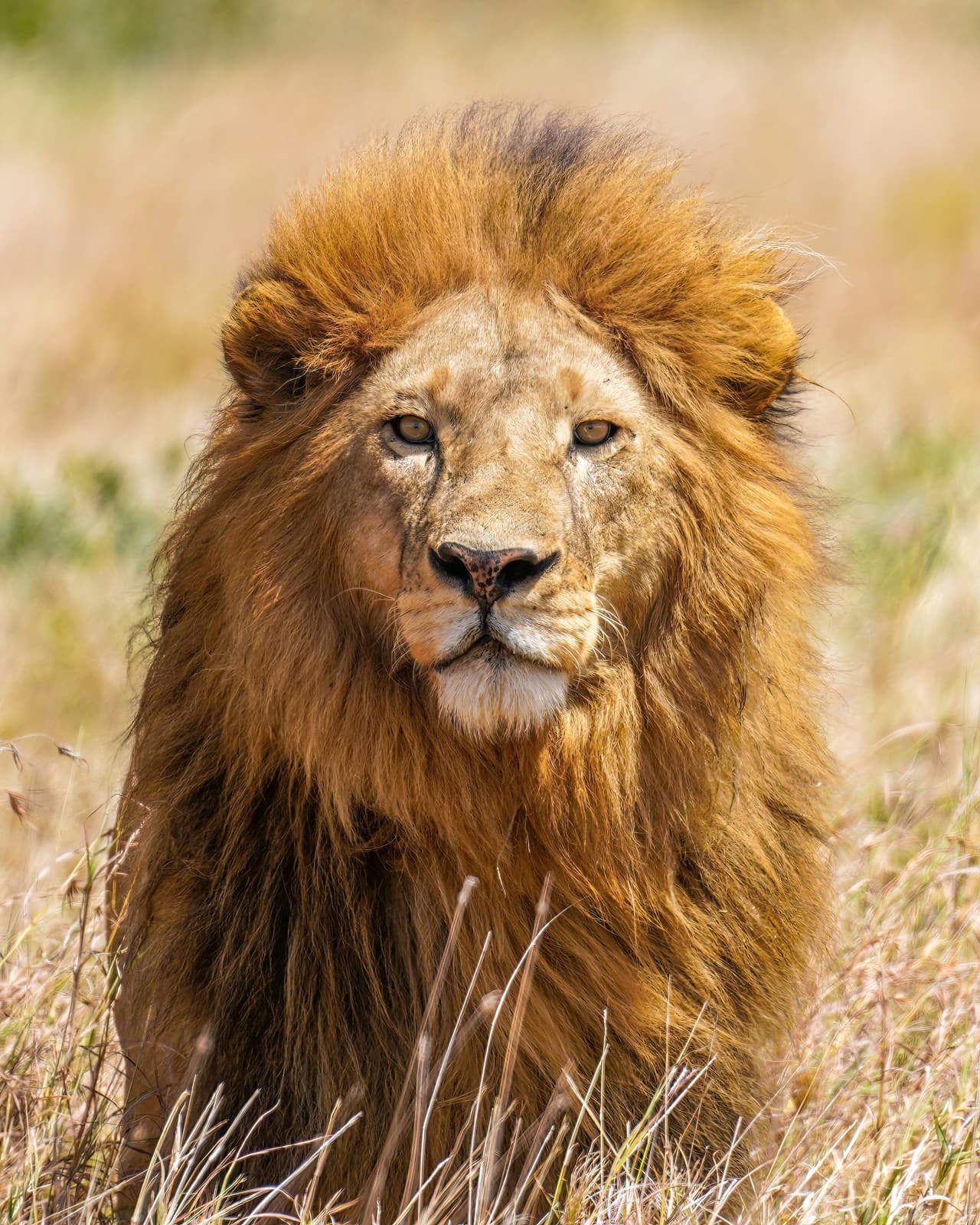
© Giles Laurent / CC BY-SA 4.0
The African lion exemplifies raw power and social complexity, with males developing their distinctive manes between 1-2 years of age. These magnificent cats can sprint at speeds up to 35 mph (56 kph) and deliver lethal strikes with paws weighing as much as human hands.
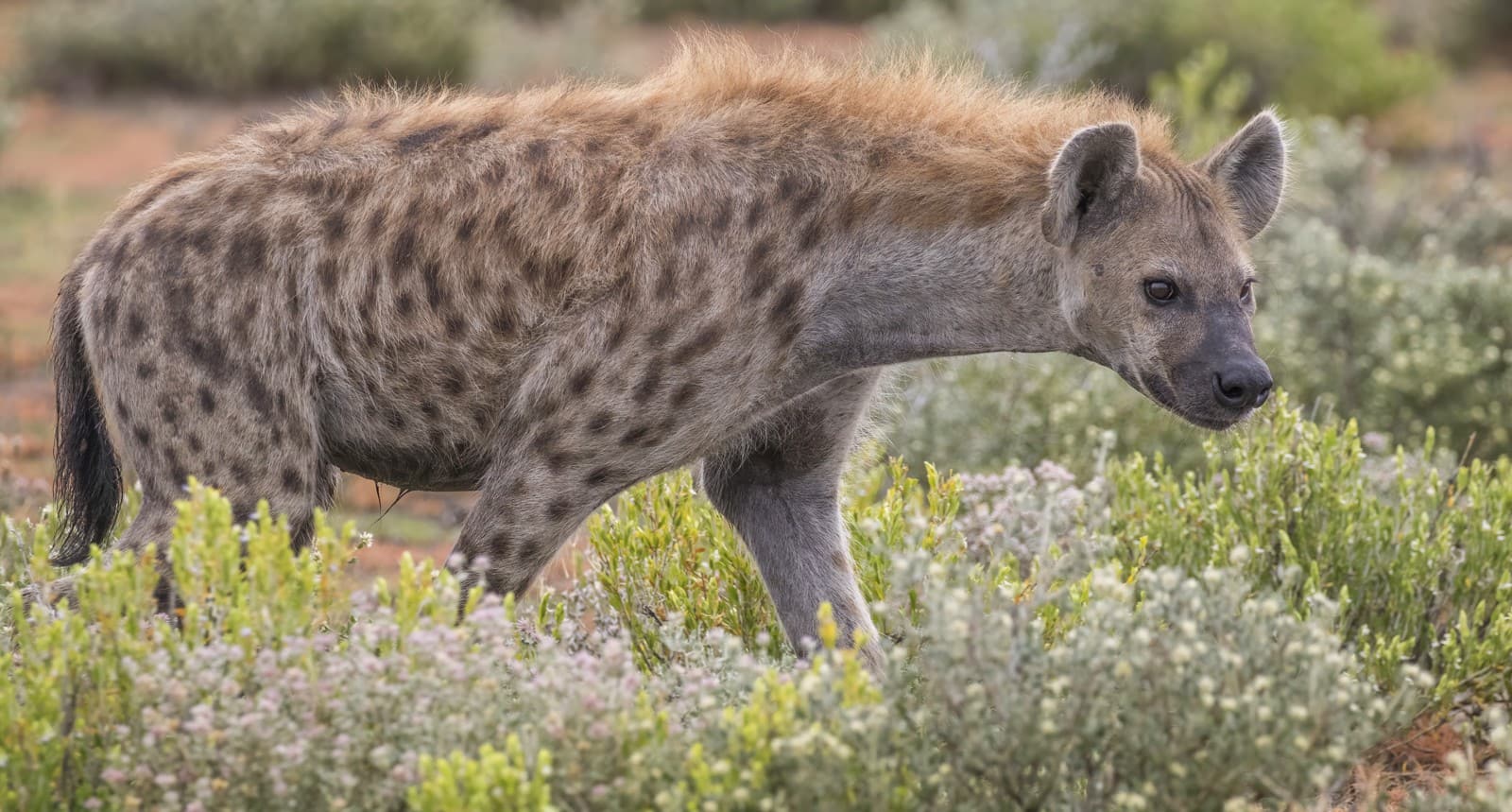
© Charles J. Sharp / CC BY-SA 4.0
Spotted hyenas possess remarkable intelligence and complex social structures, with females dominating clan hierarchies. Their distinctive sloped back and powerful neck muscles enable them to carry prey weighing up to 1.5 times their body weight.
Key Differences: Lion vs Hyena
| Feature | Lion | Hyena |
|---|---|---|
| Average Weight | Males: 330-550 lbs (150-250 kg) Females: 265-395 lbs (120-180 kg) | 90-190 lbs (40-86 kg) |
| Social Structure | Pride-based, male-dominated | Clan-based, female-dominated |
| Hunting Success Rate | 25-30% | 70-95% |
| Bite Force | 650 psi | 1,100 psi |
| Lifespan (Wild) | 10-14 years | 12-25 years |
| Top Speed | 35 mph (56 kph) | 37 mph (60 kph) |
Hunting Strategies and Prey Preference
Lions and hyenas often target similar prey species but employ distinctly different hunting techniques. Lions rely on ambush tactics and short, powerful bursts of speed, typically targeting medium to large ungulates like wildebeest and zebra. Their social hunting strategy allows them to take down prey up to 10 times their size.
Hyenas, contrary to popular belief, hunt 60-95% of their food. They excel at endurance hunting, wearing down prey through persistent pursuit, sometimes chasing for several miles. Their powerful jaws allow them to consume and digest nearly every part of their prey, including bones.
Social Behavior and Intelligence
While lions form prides dominated by males, hyena clans operate under strict matriarchal hierarchies. Female hyenas outrank all males and grow notably larger than their male counterparts. Both species display remarkable intelligence, with hyenas showing problem-solving abilities that sometimes exceed those of great apes in certain tests.
Territory and Competition
When lions and hyenas encounter each other, the outcome often depends on numbers rather than individual strength. A typical interaction might involve:
- Single lion vs. single hyena: Lion typically dominates
- Lion pride vs. hyena clan: Depends on group sizes
- Female lion vs. multiple hyenas: Hyenas usually prevail
- Male lion vs. multiple hyenas: Lion often maintains advantage
Conservation Status and Threats
Both species face significant challenges in the wild:
- Lions: Classified as Vulnerable, with only 20,000-23,000 remaining
- Hyenas: Listed as Least Concern, but populations declining
- Both species threatened by habitat loss and human conflict
- Protected areas crucial for both species’ survival
Who Would Win in a Fight?
Based on documented encounters and scientific data, the outcome of lion-hyena confrontations depends heavily on context:
- One-on-one: Adult male lions (weight advantage of 3:1) generally dominate
- Group encounters: Numerical superiority usually determines the victor
- Female lions vs. hyenas: More evenly matched, with hyenas often prevailing in groups
- Territory disputes: Success rates vary based on motivation and group dynamics
The reality is that both species typically avoid direct confrontation unless resources are scarce or territory is threatened. Their coexistence, though competitive, represents a complex balance in Africa’s ecosystems.

